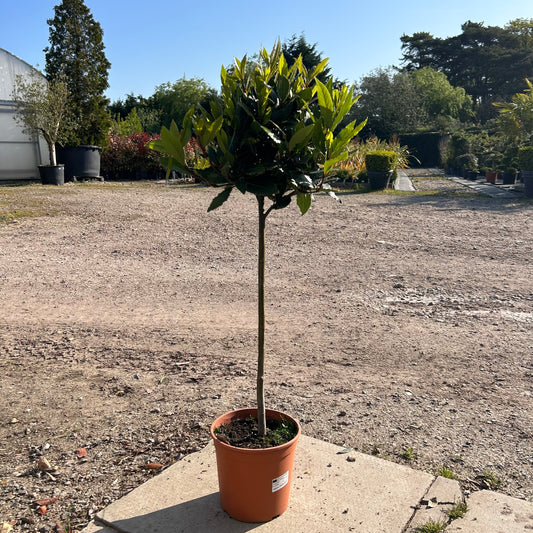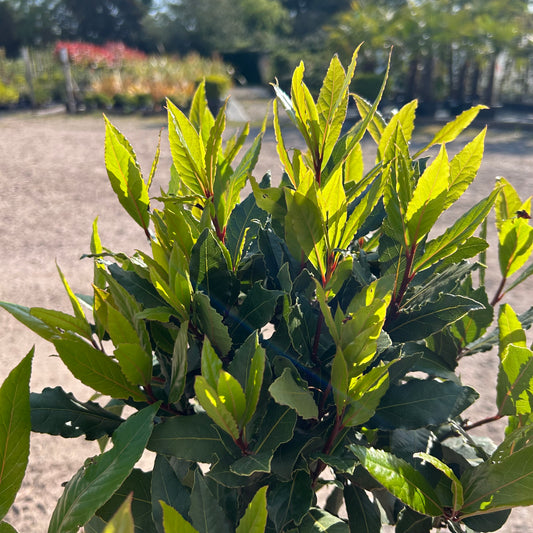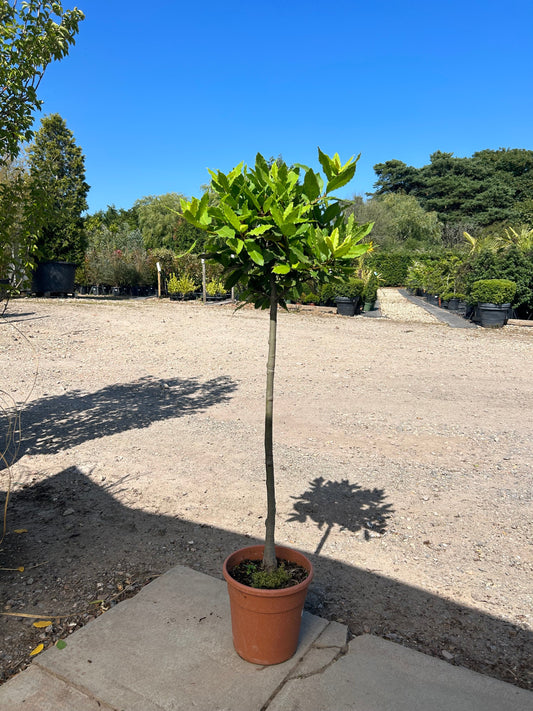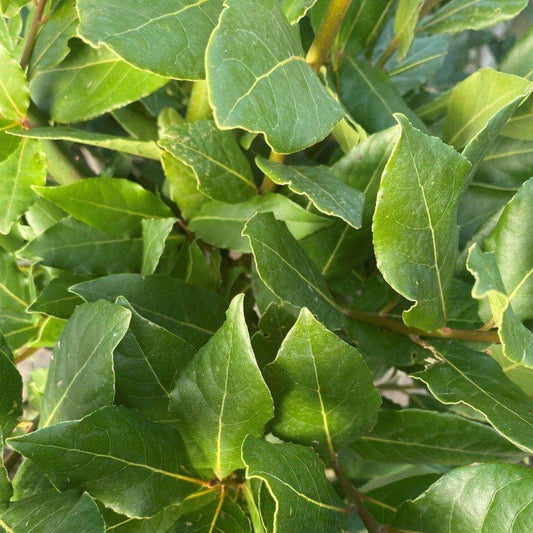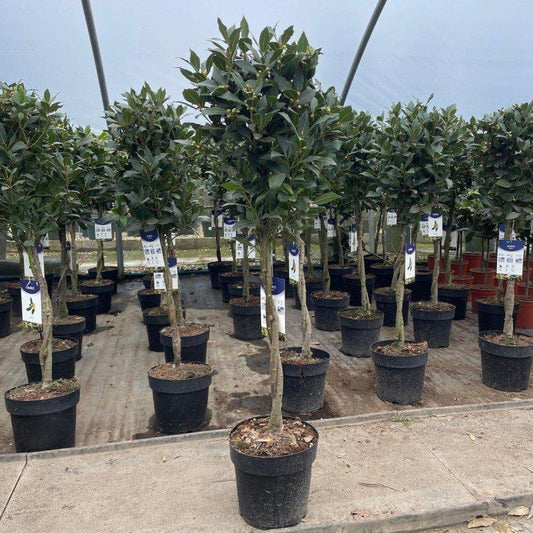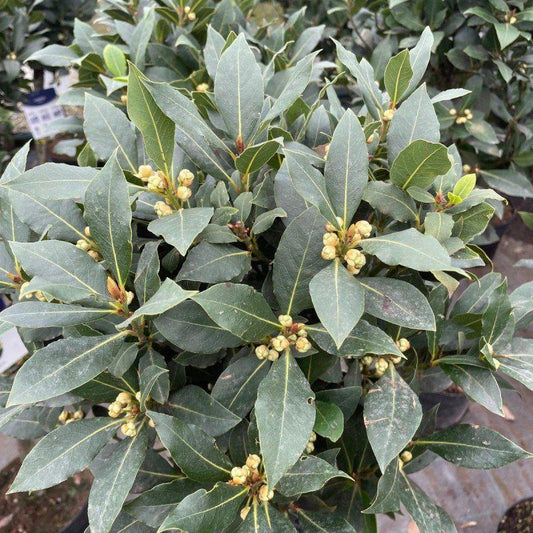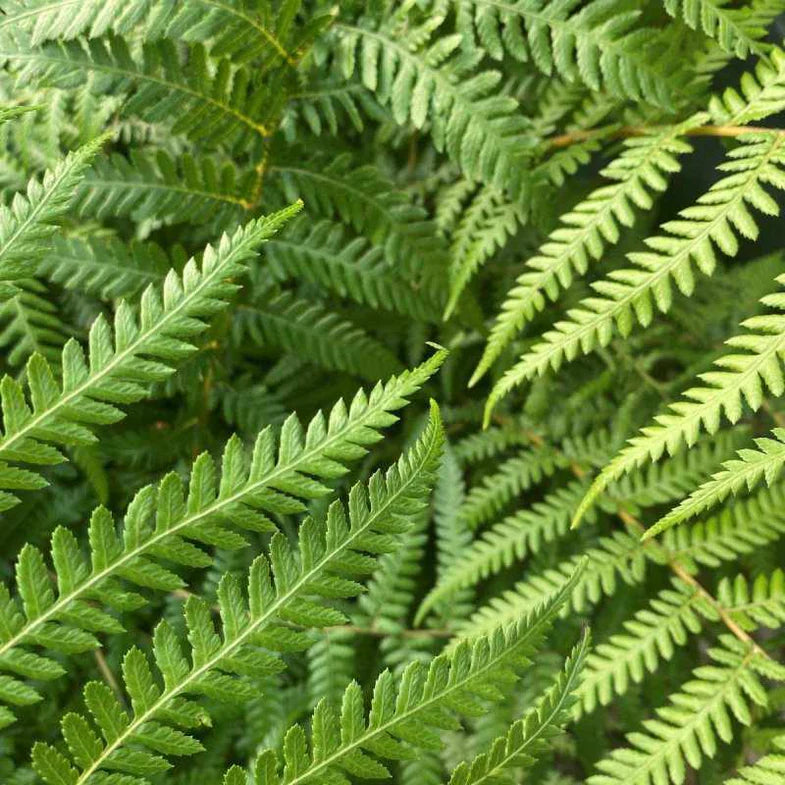Creating a fern garden can be a rewarding experience for any enthusiast of nature.
Ferns such as Asplenium scolopendrium, known as the hart's tongue fern, and Blechnum spicant, or the hard fern, offer unique beauty and texture that can enhance shaded areas in gardens.
These ferns thrive in specific conditions and can create a lush, green retreat that requires thoughtful planning and care.
When planning a fern garden, it is essential to consider the growing environment and the available space.
Both Asplenium scolopendrium and Blechnum spicant flourish in humus-rich, moist soil while offering different aesthetics and growth habits.
By selecting the right ferns and designing the space appropriately, gardeners can enjoy a vibrant display throughout the seasons.
Caring for these ferns will ensure their longevity and health, inviting wildlife and adding to the serenity of the garden.
With some knowledge of these key species and their needs, anyone can create a stunning fern garden that stands out in any landscape.
Key Takeaways
- Planning is crucial for a successful fern garden.
- Asplenium scolopendrium and Blechnum spicant are excellent choices for shade.
- Regular maintenance will keep the ferns healthy and thriving.
Planning Your Fern Garden
Creating a thriving fern garden requires careful consideration of both location and soil type.
Selecting the right spot and understanding the soil will ensure your ferns, like Asplenium scolopendrium and Blechnum spicant, flourish in their environment.
Selecting the Right Location
Ferns typically prefer partial shade, which offers protection from harsh sunlight.
Areas beneath trees or large shrubs are ideal, as they provide the dappled light ferns enjoy.
Tips for locating your fern garden:
- Choose spots that receive morning sunlight and afternoon shade.
- Avoid locations with full sun exposure, which can scorch the leaves.
Considering the surrounding landscape is crucial.
Placing ferns near water sources, like a stream or pond, can help maintain the necessary moisture levels.
Understanding Soil Types
Ferns thrive in moist, well-drained soils.
It is essential to ensure the soil retains some moisture without becoming waterlogged. Incorporate organic matter to improve drainage and nutrient content.
Soil preferences for ferns:
- Asplenium scolopendrium prefers alkaline soils often found in limestone areas.
- Blechnum spicant can tolerate a range of conditions but still benefits from nutrient-rich, well-draining mediums.
Testing the soil pH can guide planting decisions. Adding lime can adjust acidity, making it favourable for the desired fern varieties.
Key Species for a Fern Garden
This section discusses two key species ideal for a fern garden: Asplenium scolopendrium and Blechnum spicant. Both ferns offer unique characteristics that enhance garden aesthetics while thriving in suitable conditions.
Asplenium scolopendrium
Asplenium scolopendrium, commonly known as hart's tongue fern, is a striking evergreen fern.
It features glossy, strap-shaped leaves that can grow up to 60 cm long. The leaves emerge from a central crown and have a dark green hue, providing a lush appearance year-round.
This fern prefers shaded areas with well-draining soil that retains moisture but does not become waterlogged. They thrive in woodland settings or under trees where dappled light is available.
Asplenium scolopendrium reproduces through spores found on the undersides of the leaves. These spores can spread to create new plants nearby, enhancing the garden's natural look. This species is a great addition for those seeking vibrant greenery in their fern collection.
Blechnum spicant
Blechnum spicant, or the hard fern, is another excellent choice for fern gardens.
This fern has a bushy form and features dark green fronds that can reach heights of up to 90 cm. The leaves are divided into distinct pinnae, giving them an attractive texture.
Blechnum spicant thrives in both shaded and partially shaded areas. It prefers moist, acidic soil and can tolerate a variety of conditions, making it a versatile addition to many gardens.
While it is not an evergreen in the strict sense, it can maintain a lush appearance during warmer months. Like Asplenium scolopendrium, it reproduces through spores, which develop on specialised fronds. This ability allows new plants to establish in suitable spots, enriching the garden landscape.
Garden Design and Planting
Creating a fern garden involves thoughtful planning about plant pairings and soil conditions.
Both Asplenium scolopendrium and Blechnum spicant thrive in similar environments, making them excellent choices for shaded areas.
Proper mulching and soil preparation ensure that these ferns flourish in any garden setting.
Creating Complementary Plant Pairings
When designing the garden, pairing ferns with other plants can enhance the overall aesthetic.
Asplenium scolopendrium, known for its striking upright growth, stands out well against softer shapes of companion plants like hostas and astilbes.
Consider using roses—particularly heritage varieties—as a backdrop. Their blooms can add colour against the green ferns.
In addition, placing ferns at the front of informal garden borders creates a pleasing visual contrast.
A mix of textures is key. Use plants like geraniums or heucheras for a vibrant yet harmonious display.
Mulching and Soil Preparation
For optimal growth, the soil must be moist but well-drained.
Before planting, enrich the earth by mixing in organic matter, such as well-rotted compost. This will provide essential nutrients and improve drainage.
Mulching is also essential. Adding a layer of organic mulch helps retain moisture and suppress weeds. Pine needles or leaf mould work well, especially in woodland settings.
In courtyard gardens, where space is limited, use added grit to enhance drainage around the roots. This also prevents waterlogging, which can harm ferns.
Regularly check the moisture levels and replenish mulch as needed to maintain a healthy garden environment.
Maintenance and Cultivation
Maintaining a fern garden requires specific attention to the needs of different fern species.
For Asplenium scolopendrium and Blechnum spicant, propagation methods and care routines play vital roles in keeping these plants healthy and vibrant.
Propagating Your Ferns
Asplenium scolopendrium can be propagated through two main methods: sowing spores and division.
Propagation by division is ideal for this fern, as it produces established plants quickly. Simply remove the plant from its pot, gently separate the rhizomes, and replant them in individual pots. This is best done in spring, allowing the new plants to establish before the growth season.
Alternatively, for lovers of plant propagation, sowing spores can be a rewarding challenge.
Collect spores from the sori on the fronds, and sow them on a suitable medium like peat or a seed-starting mix. Keep the medium damp and place it in a shaded area to encourage germination.
Patience is key, as this method can take several months.
Caring for Evergreen Species
Caring for evergreen ferns like Asplenium scolopendrium and Blechnum spicant is relatively low maintenance.
They thrive in shaded areas with moist, well-drained soil.
Regular watering is essential, especially during dry spells. However, be cautious not to overwater, as this can lead to root rot.
Pruning is not frequently needed, but any dead or damaged fronds should be removed to maintain the plant's appearance.
Inspect the plants regularly for signs of disease or pests.
Keeping the area around the ferns clear of debris helps to ensure healthy growth and a disease-free environment. With the right care, these ferns can flourish and enhance any garden space.
Frequently Asked Questions
Ferns like Asplenium scolopendrium and Blechnum spicant have specific needs for optimal growth and health. Understanding these requirements can help ensure a thriving fern garden.
What are the optimal conditions for growing Asplenium scolopendrium outdoors?
Asplenium scolopendrium, commonly known as Hart's Tongue Fern, prefers shaded or partly shaded areas. It thrives in moist, well-drained soil. Ideal temperatures range from mild to cool, as it does not tolerate extreme heat.
Can Blechnum spicant thrive in container gardens, and how should it be cared for?
Blechnum spicant, or Hard Fern, can indeed thrive in containers. It requires a pot that offers good drainage and is kept in partial shade. Regular watering is essential, but the soil should not remain soggy.
What type of soil mix best supports the health of ferns in garden settings?
Ferns do best in a mix of peat, compost, and perlite. This combination allows for moisture retention while providing good drainage. The soil should be rich in organic matter to promote healthy growth.
How should ferns be protected during the colder months to prevent dieback?
During colder months, ferns should be protected with a layer of mulch. This helps insulate the roots from freezing temperatures.
For container ferns, moving them to a sheltered spot can prevent cold damage.
What are innovative design strategies for incorporating ferns into a garden landscape?
Ferns can be used to create a lush, green backdrop in garden beds. Planting them in groups or draping them over stones adds texture. They also work well in shaded areas, offering contrast to brightly coloured plants.
What are the steps for propagating ferns effectively from cuttings?
To propagate ferns from cuttings, first select healthy fronds.
Using clean scissors, cut them near the base.
Place the cuttings in a mix of peat and sand, ensuring they remain moist until new roots develop.


